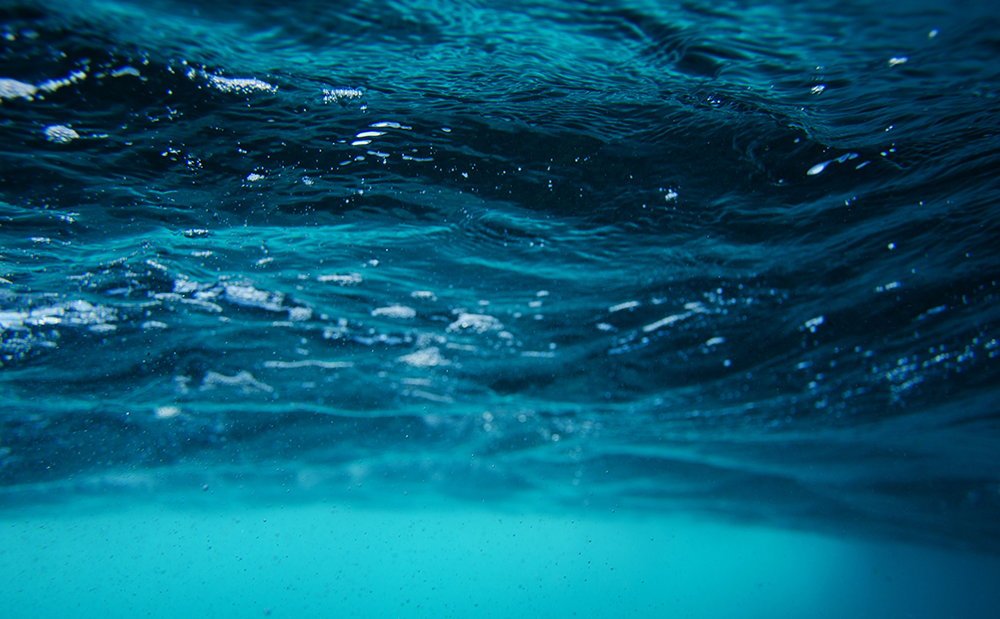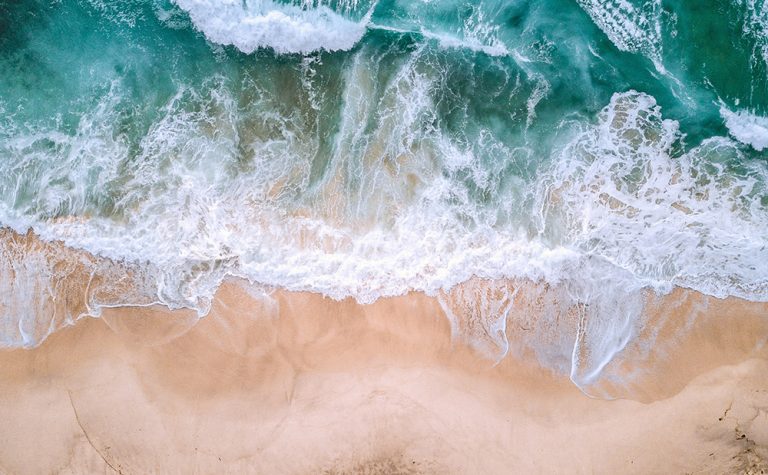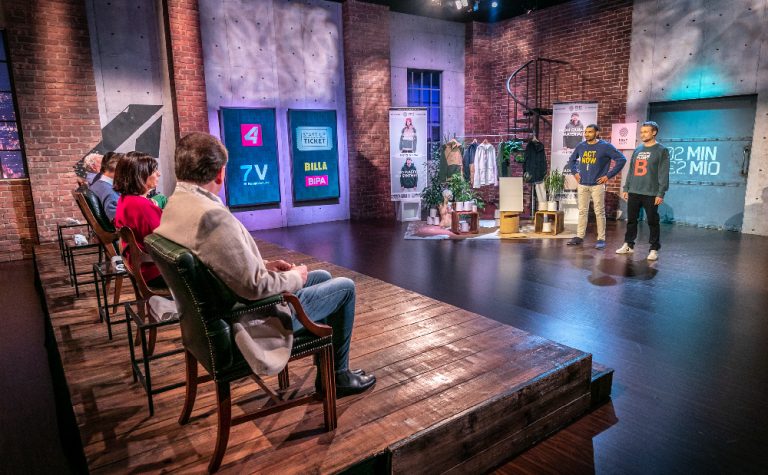Plastics have an essential role in everyday life. But despite that, they are a potential health risk for both humans and the environment. Plastics in sizes of less than 5 mm are named microplastics (MPs). Many products contain added microplastics, for example cosmetics. But when plastics of a larger size break down they can become microplastics as well. This can happen with plastic litter in the seas as well as other products. Microplastics come from various polymer-based materials.
Microplastics in the Mediterranean Sea
Currently, the Mediterranean Sea is very affected by plastic pollution. The Mediterranean Sea is one of the most heavily explored maritime regions in the world. However, there is very limited and poorly documented information on marine litter. More than 80% of the total plastic pollution in the Mediterranean Sea is microplastics.
MPs can enter the oceans as a manmade ingredient through treated wastewater flowing out. But they can enter as product of plastic photodegradation as well as breakdowns of clothing. Examples of MPs as manmade ingredient are some raw materials in cosmetic products or fibers from synthetic clothes. In addition, cause and clustering of MP pollution happens mostly in areas such as closed bays, gulfs and seas that are surrounded by a lot of people [1].
Microplastics are dangerous
Many consumers are not aware that MPs are in their products. Furthermore they are also not aware of their possible way to the wastewater flowing out of treatment plants. And from there to the seas. As a result the dangers of plastic pollution caused the development of many local, regional and international campaigns. There is a big amount of microplastic hazards and many of them are still unknown. In some cases the industry can replace MPs easily. But in other cases a replacement may come with more uncertainty and costs. Therefore we need an unbiased assessment of the hazard, fate, and benefits of primary microplastics throughout the regulation process. The government should enforce and focus regulations and link them to hazards before alternative and more environmentally conscious materials replace microplastics.[2]
Conclusion
In the Mediterranean Sea you can find MPs in all countries with a coast. From the literature, MP levels are diverse. Above all, we need further studies to understand the distribution dynamics of MPs in coastal areas. We will need strict regulations to avoid plastics getting into the environment. This should be done by cutting the use of MPs from the source. Even if the use of MPs were banned from now on, the plastics are already present. And their further breakdown will generate MPs. Any proposed restriction will influence the industry, as it will need the use of other materials such as biodegradable materials.[3]
[1] “Microplastics in Mediterranean Coastal Countries: A Recent Overview” by Georgios Fytianos ,Efthimia Ioannidou ,Anna Thysiadou ,Athanasios C. Mitropoulos andGeorge Z. Kyzas ; Page 1 / J. Mar. Sci. Eng. 2021, 9(1), 98; https://doi.org/10.3390/jmse9010098
[2] “Microplastics in Mediterranean Coastal Countries: A Recent Overview” by Georgios Fytianos,Efthimia Ioannidou,Anna Thysiadou,Athanasios C. Mitropoulos andGeorge Z. Kyzas; Page 9 / J. Mar. Sci. Eng.2021, 9(1), 98; https://doi.org/10.3390/jmse9010098
[3] “Microplastics in Mediterranean Coastal Countries: A Recent Overview” by Georgios Fytianos,Efthimia Ioannidou,Anna Thysiadou,Athanasios C. Mitropoulos andGeorge Z. Kyzas; Page 10 / J. Mar. Sci. Eng.2021, 9(1), 98; https://doi.org/10.3390/jmse9010098



